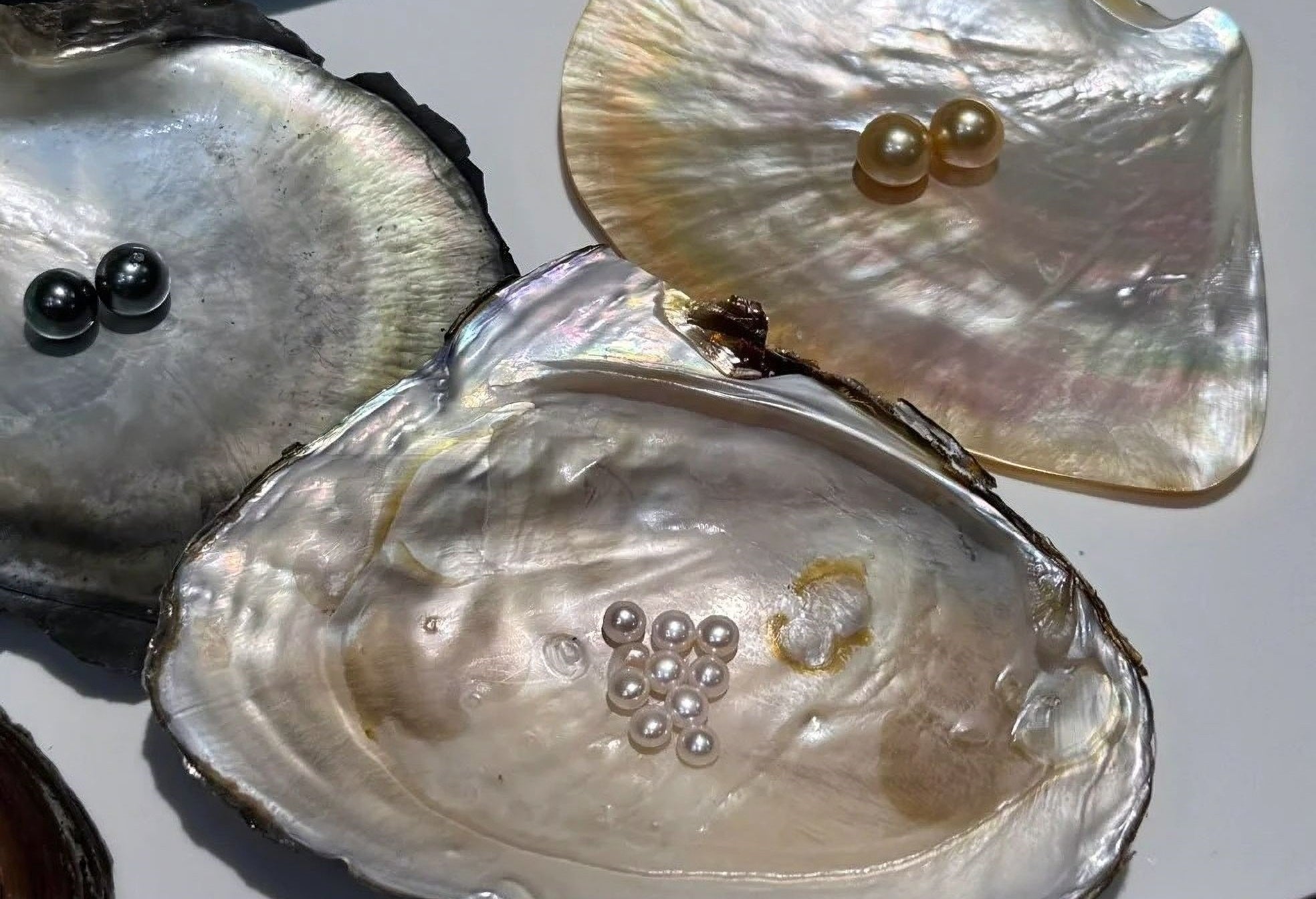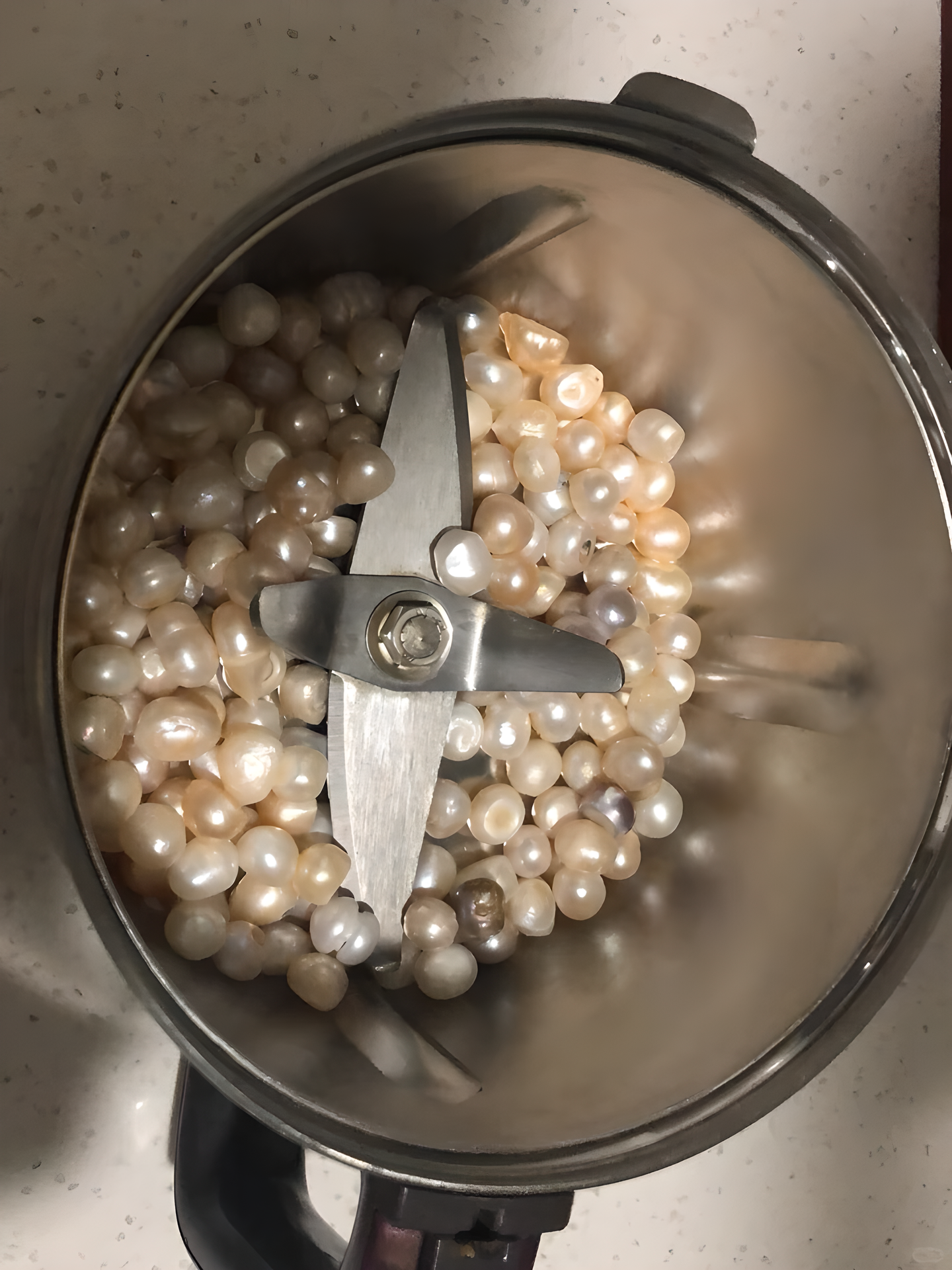
The Origins of Saltwater Pearls: A Journey from Nature to Nurture
Saltwater pearls have always captivated people around the globe with their luster and elegance, from the classic Akoya to the exotic Tahitian and South Sea varieties. But have you ever wondered how these gems of the sea are actually created? At the heart of this process lies the mother oyster, a fascinating creature that holds the secret to pearl cultivation. Whether they come from natural environments or are bred through artificial means, these oysters play a pivotal role in the formation of every precious pearl. Let's dive deeper into the origins of saltwater pearls and uncover how different cultivation practices impact their beauty and value.
Understanding the Origins of Mother Oysters
Before any pearl can grow, you need a mother oyster. The origins of these oysters differ significantly, as they can be obtained through artificial hatcheries or wild collection. This distinction influences not just the type of pearl produced, but also its quality and availability.
Artificial Hatchery Breeding
In modern pearl farming, artificial hatcheries are the dominant source of mother oysters. In these facilities, oysters are bred in controlled environments from the very start of their life cycle. Once the larvae hatch, they are carefully nurtured until they reach maturity—at which point they can undergo the nucleation process, where a small bead is implanted to stimulate pearl growth. According to the Smithsonian's National Museum of Natural History, this process involves manually inserting an irritant into the mollusk to encourage it to coat the irritant with layers of nacre, forming a pearl over time. This method allows farmers to have better control over the growth, health, and genetic traits of the oysters, supplying consistent, high-quality pearls to meet market demands (Smithsonian Magazine).
Natural Wild Collection
While hatchery breeding is the norm today, the traditional practice of collecting baby oysters, or “spats,” from natural breeding grounds still exists. Farmers use specialized collection devices in wild oyster breeding areas to gather spats. These oysters are then raised until they are ready for nucleation. Although this method can result in oysters that may have greater genetic diversity and potential for unique pearls, it is more labor-intensive and subject to environmental factors. The Natural History Museum explains that in natural conditions, pearls form when an irritant enters the oyster's shell, and the oyster slowly secretes layers of nacre to encase the irritant(Home | Natural History Museum).
The Pearl Cultivation Process Across Pearl Varieties
Not all pearls are created equal. The cultivation process varies across different types of saltwater pearls, with the main varieties being Akoya, Tahitian, and South Sea pearls.
Akoya Pearls – Largely Artificially Cultivated
Akoya pearls are well-known for their high luster and classic appeal. The oysters used for Akoya pearl cultivation are almost exclusively bred in artificial hatcheries. This method ensures the consistent size and quality of these pearls, which are often the smaller and more traditional types found in jewelry. Japan, the pioneer in Akoya pearl cultivation, developed its advanced techniques in the early 1900s, and while the methods have been refined, they remain largely unchanged even today (SpringerLink).
Tahitian Pearls and the Dwindling Natural Breeding
Tahitian pearls, often admired for their dark and iridescent hues, were once produced primarily through natural means. However, the decline in the availability of natural oyster larvae has shifted cultivation to artificial breeding. The scarcity of wild-bred oysters and environmental changes have made it difficult to maintain traditional pearl farming practices. Tahitian pearls are cultivated from the black-lipped oyster, primarily found in French Polynesia and the Cook Islands, contributing to the pearls' unique colors and high value.
South Sea Pearls – A Blend of Old and New Practices
The beautiful white and gold South Sea pearls are produced by silver-lipped oysters, primarily found in the waters around Australia, Indonesia, and the Philippines. While these oysters were originally gathered from wild populations, modern farming employs a blend of both hatchery breeding and natural collection. Australia, in particular, has strict regulations to preserve wild silver-lipped oyster populations, making these pearls even more rare and valuable. Indonesia currently leads in producing the largest and most valuable cultured pearls from Pinctada maxima, contributing significantly to the global pearl market.
Impact on Pearl Quality and Availability
The shift from natural to artificial breeding of mother oysters has significantly impacted the quality, color, and availability of saltwater pearls. Historically, the diversity of wild-bred oysters led to a greater variety of pearl colors and qualities. However, as artificial breeding has become more prevalent, some argue that the probability of producing pearls with exceptionally rare colors has diminished. Despite this, controlled breeding offers consistency and ensures that pearls meet specific market standards.
Environmental Factors and Government Regulations
Government policies also play a major role in the pearl farming industry. Overfishing and environmental changes have damaged wild oyster populations, particularly in regions like Australia. As a result, the government has imposed strict restrictions on the collection of wild silver-lipped oysters to preserve natural ecosystems. These regulations ensure sustainable pearl farming while safeguarding the natural biodiversity of the oceans.
The Ongoing Evolution of Pearl Farming
From hatchery-bred Akoya oysters to the silver-lipped oysters of the South Sea, the world of saltwater pearls is a beautiful blend of nature and human ingenuity. As the pearl farming industry continues to evolve, the balance between natural and artificial practices will shape the future of these cherished gems. So next time you admire a pearl’s shimmering luster, remember the incredible journey it took—from its humble beginnings as a tiny oyster to a precious, timeless jewel.



Leave a comment
This site is protected by hCaptcha and the hCaptcha Privacy Policy and Terms of Service apply.